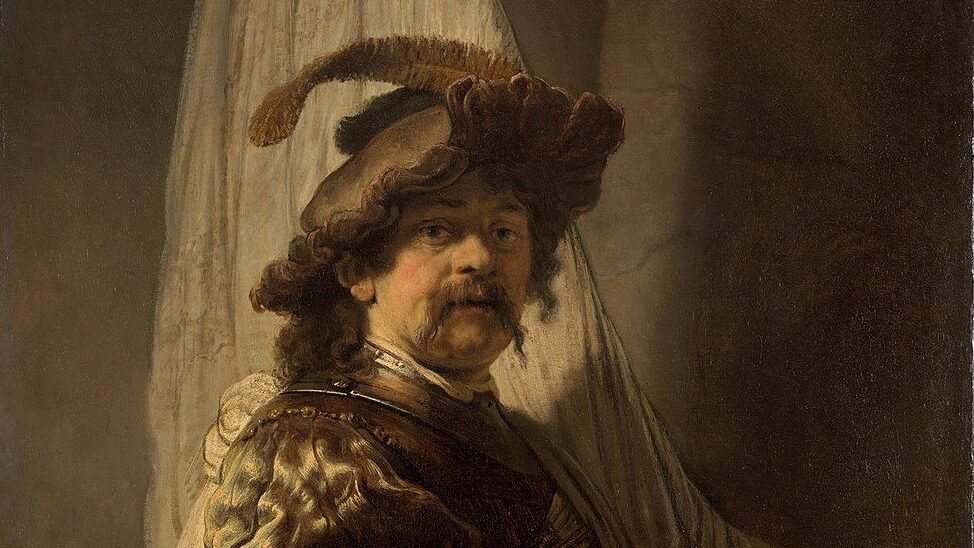
Rembrandt’s Standard Bearer (De Vaandeldrager) the Dutch master’s 1636 painting and symbol of the Netherlands’ Golden Age, has finally taken up residence in Amsterdam’s Rijksmuseum.
Located near the Dutch master’s The Night Watch, his most famous painting, it will from now on be a permanent fixture of the Rijksmuseum’s Honorary Gallery.
In December 2021, the Dutch State announced it intended to acquire the painting from the Rothschild banking family who had offered it up for sale a few years earlier.
The painting was eventually bought early last year for €175 million. The State put down €150 million, while the Rembrandt Association and the Rijksmuseum Fund were able to pool another €25 million.
The costly purchase proved controversial, since the cultural sector was struggling as a result of its COVID-19 measures which greatly reduced the number of visitors and,as a result, triggered layoffs.
The Rijksmuseum bills the Standard Bearer a self-portrait in which “one can feel the courage, swagger and rebelliousness bursting from the canvas!” as one of Rembrandt’s key works.
While he was already in high demand as a portrait painter in Amsterdam at the time, Rembrandt van Rijn wanted to take his work in a new direction, of which the Standard Bearer with its “casual, even nonchalant” brushstrokes is a “showcase.”
Together with “intentional scratches in the paint and his use of light to achieve a three-dimensional effect,” the work is really a prelude to The Night Watch, making their reunion all the more fitting.
After its 12-month tour of other Dutch museums, on Thursday, June 15th, the painting made its arrival in the Rijksmuseum, celebrated by eight classes of school children holding self-made banners.
To offer as many as possible an opportunity to see the painting, entry to the museum was free on Saturday, June 17th. Visitors who had made a reservation in advance were able to attend one of multiple workshops. In addition, museum guides were present to answer questions, while an actor traipsed about dressed as the figure in Rembrandt’s painting.
The Rijksmuseum’s newest addition to its already extensive Rembrandt collection is certain to make it an even more desired location for art lovers to visit.
On Rembrandt, the renowned Australian art critic Robert Hughes wrote:
There are artists … who acknowledge human imperfection and mortality. And not only acknowledge it, but in some sense glory in it, making it the prime subject of their art. For if men and women were perfect, mentally, physically, morally, spiritually, why would they need art at all? Certainly Rembrandt van Rijn did not feel an obligation to make his human subjects noble, let alone perfect. That is why, though not always a realist, he is the first god of realism after Caravaggio. And why so many people love him, since he was so seldom rivaled as a topographer of the human clay.
